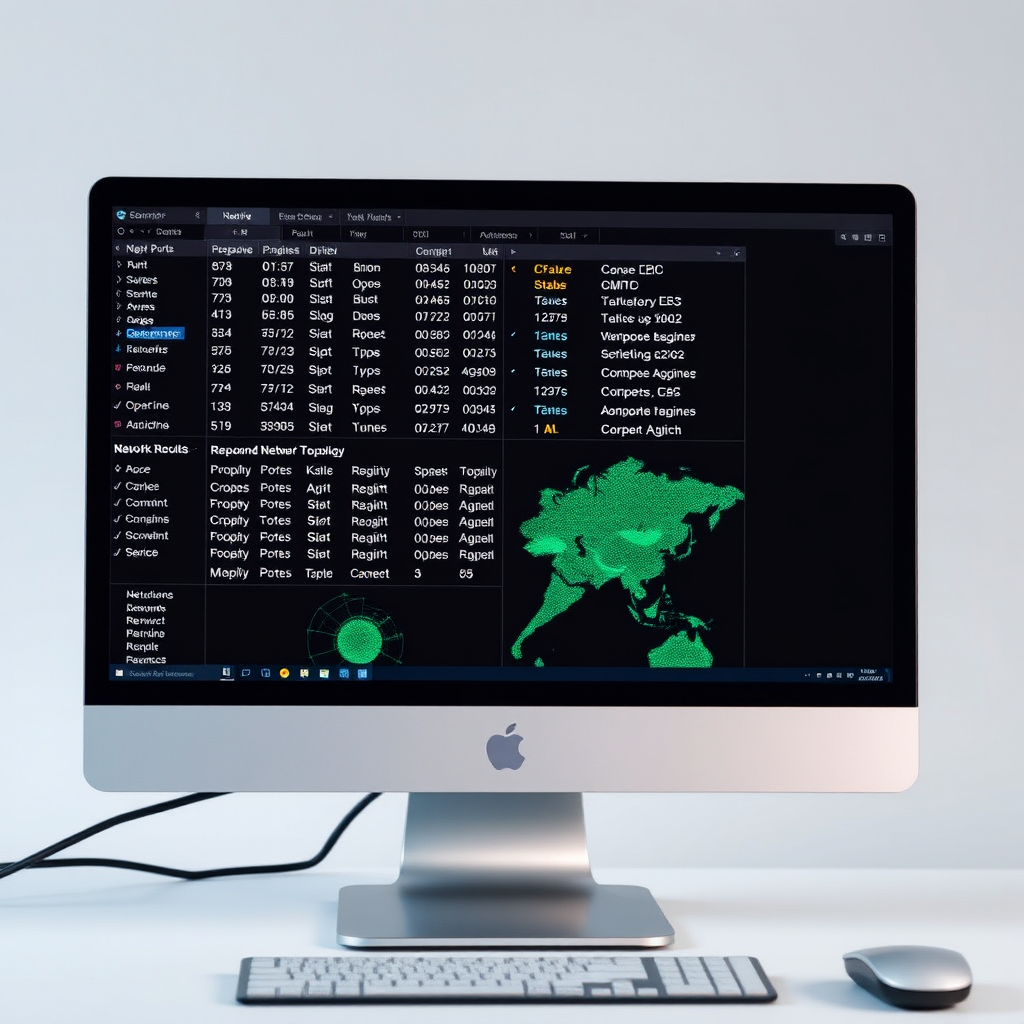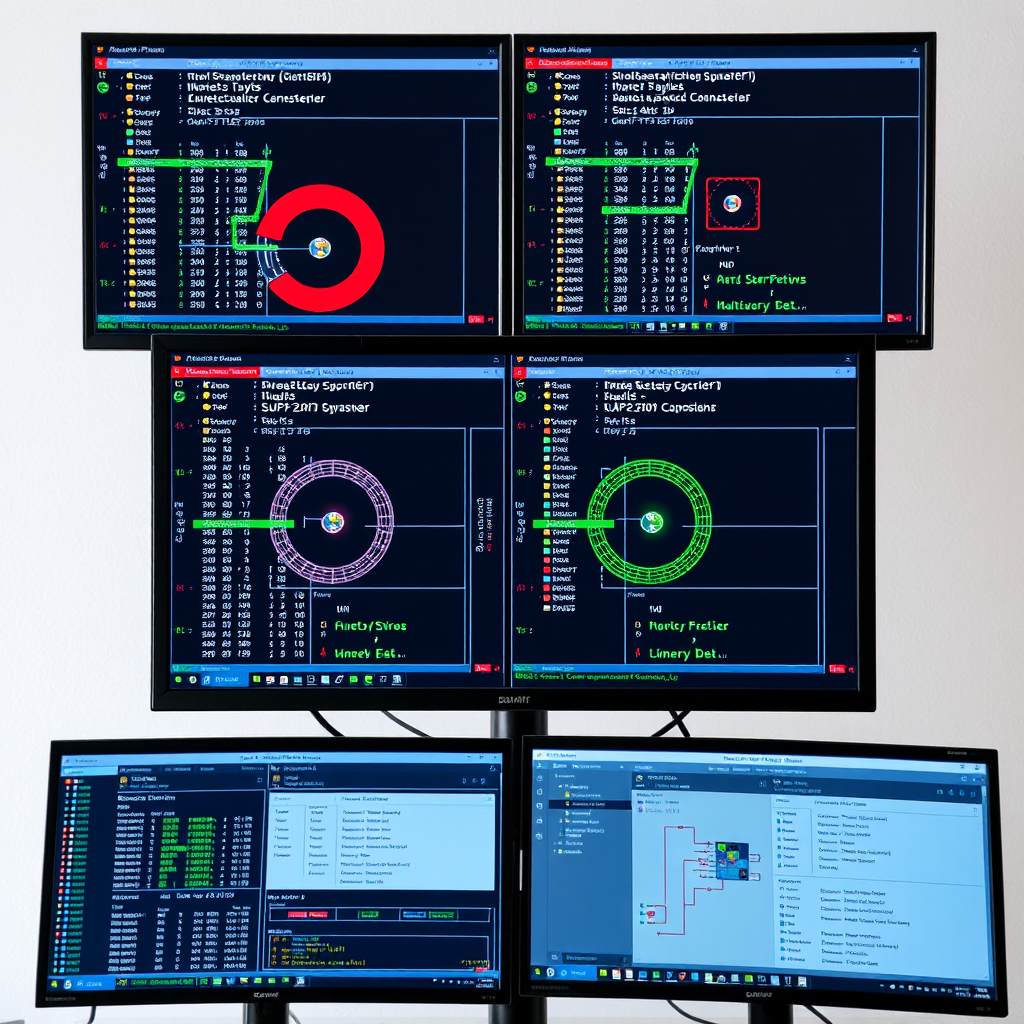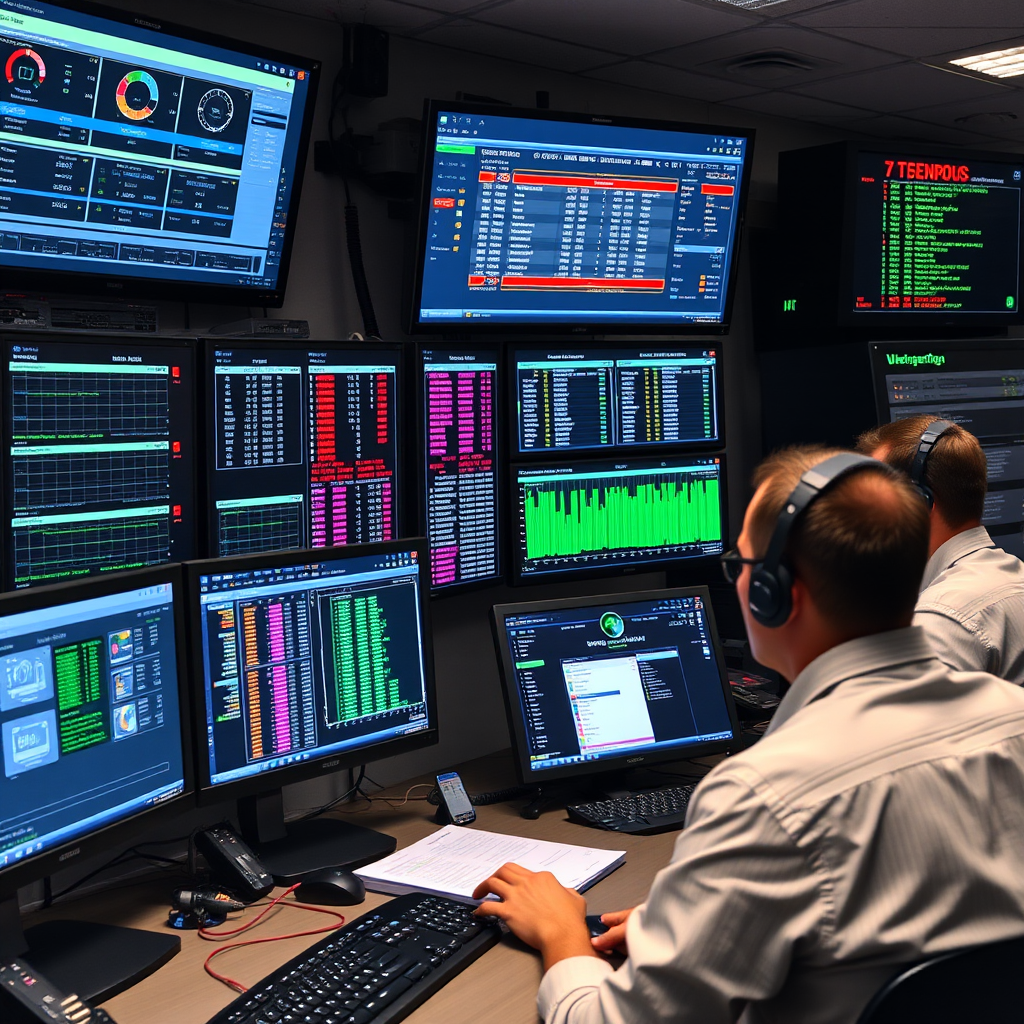Troubleshooting Common LAN Connectivity Issues with Diagnostic Tools

Network connectivity issues can bring productivity to a halt, but with the right diagnostic approach and tools, most LAN problems can be quickly identified and resolved. This comprehensive guide provides network administrators with proven troubleshooting methodologies and practical solutions for common connectivity challenges.
Understanding Common LAN Connectivity Problems
Before diving into diagnostic procedures, it's essential to recognize the most frequent connectivity issues that plague local area networks. These problems typically fall into several categories that can be systematically addressed using proper IP scanner tools and network analysis techniques.

Device Discovery and Communication Failures
One of the most common issues network administrators encounter is devices that appear to be connected but cannot communicate with other network resources. This often manifests as intermittent connectivity, slow response times, or complete isolation from network services.
Using a comprehensive LAN IP scanner is the first step in diagnosing these issues. Modern scanning tools can quickly identify all active devices on your network segment, revealing gaps in connectivity and highlighting devices that may be experiencing configuration problems.
Step-by-Step Diagnostic Procedures
Initial Network Assessment
Begin your troubleshooting process with a comprehensive network scan to establish a baseline of your current LAN environment. This initial assessment should include:
- Complete IP range scanning: Use your IP scanner to identify all active devices across your network segments
- status verification: Check for open ports and services on problematic devices
- Response time analysis: Measure latency and packet loss between network nodes
- Device fingerprinting: Identify device types, operating systems, and running services

Interpreting Scan Results
Understanding what your diagnostic tools are telling you is crucial for effective troubleshooting. When analyzing scan results, pay particular attention to:
Response Patterns: Devices that respond inconsistently or with high latency often indicate network congestion, hardware issues, or configuration problems. Look for patterns in response times that might suggest specific network segments are experiencing difficulties.
Accessibility: Closed or filtered ports on devices that should be accessible can indicate firewall misconfigurations, service failures, or security policy issues. Your LAN scanning tools should provide detailed status information to help identify these problems.
Advanced Troubleshooting Techniques
Isolating Network Segments
When dealing with widespread connectivity issues, systematic isolation of network segments can help pinpoint the source of problems. Use your IP scanner to test connectivity between different VLANs, subnets, and physical network segments.
Start by scanning each network segment individually, then test cross-segment communication. This approach helps identify whether issues are localized to specific areas of your LAN or represent broader infrastructure problems.

Performance Monitoring and Analysis
Continuous monitoring is essential for maintaining optimal LAN performance. Implement regular scanning schedules to track network health over time and identify trends that might indicate developing problems.
Modern IP scanner solutions offer automated monitoring capabilities that can alert administrators to connectivity changes, new device appearances, or performance degradation before they impact users.
Common Solutions and Best Practices
Addressing IP Conflicts and DHCP Issues
IP address conflicts remain one of the most frequent causes of LAN connectivity problems. Your diagnostic tools should be able to identify duplicate IP addresses and help resolve conflicts quickly.
When DHCP services malfunction, devices may retain old IP configurations or fail to obtain valid addresses. Regular scanning helps identify devices with static IPs that conflict with DHCP ranges or devices that haven't properly renewed their leases.
Switch and Router Configuration Verification
Network infrastructure devices often require configuration adjustments to resolve connectivity issues. Use your LAN scanning tools to verify that switches and routers are properly forwarding traffic between network segments.
mirroring and SPAN configurations can sometimes interfere with normal traffic flow. Your IP scanner results can help identify unusual traffic patterns that might indicate configuration problems with network infrastructure.

Preventive Measures and Ongoing Maintenance
Effective network management extends beyond reactive troubleshooting. Implementing proactive monitoring and maintenance procedures can prevent many connectivity issues from occurring in the first place.
Regular Network Health Assessments
Schedule regular comprehensive scans of your LAN environment to maintain an up-to-date inventory of network devices and their status. This baseline information proves invaluable when troubleshooting issues and helps identify unauthorized devices or security threats.
Document your network topology and maintain accurate records of IP assignments, device configurations, and known issues. This documentation becomes essential reference material during troubleshooting sessions and helps new team members understand your network environment.
Automated Monitoring and Alerting
Modern LAN IP scanner tools offer sophisticated alerting capabilities that can notify administrators of connectivity changes, device failures, or performance degradation. Configure these alerts to match your organization's requirements and response procedures.
Establish baseline performance metrics for your network and configure monitoring thresholds that trigger alerts when performance degrades beyond acceptable levels. This proactive approach helps identify and resolve issues before they impact users.
Conclusion
Successful LAN troubleshooting requires a systematic approach, proper diagnostic tools, and thorough understanding of network fundamentals. By following the procedures outlined in this guide and leveraging advanced IP scanner capabilities, network administrators can quickly identify and resolve connectivity issues while maintaining optimal network performance.
Remember that effective network management is an ongoing process that combines reactive troubleshooting with proactive monitoring and maintenance. Invest in quality diagnostic tools, maintain accurate documentation, and establish clear procedures for handling common connectivity problems.
